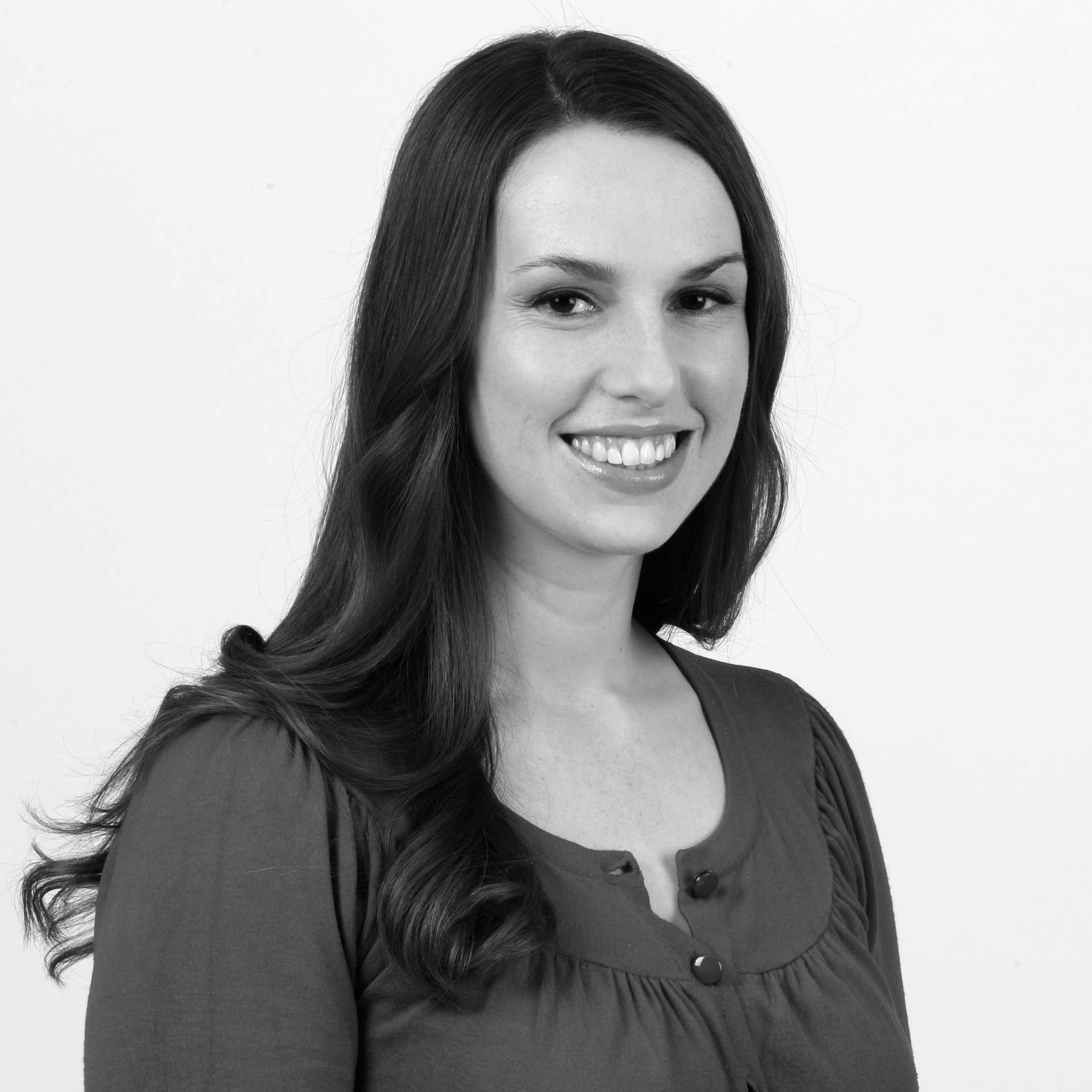House price rises in rural areas outperform urban locations
Rural detached properties have seen the strongest price growth over the past five years, while urban flats have seen the weakest, according to Nationwide Building Society


As house prices go up, we look at where they are rising the fastest.
House prices have risen faster in rural areas than in urban locations over the past five years, according to analysis by Nationwide Building Society.
Property values in areas that are mainly rural rose 29%, while those in predominantly urban areas increased 18%.
The coronavirus pandemic and more flexible working opportunities have prompted some people to relocate to more rural areas in recent years.
In general, rural detached homes have seen the strongest rates of price growth, while urban flats have recorded the weakest price increases, said Nationwide.
Between December 2016 and December 2021, rural detached properties increased in price by 32% on average, while urban flats typically added 6% to their value. Rural areas performed particularly well last year: average house prices in predominantly rural areas rose by more than 12% in 2021, double that seen in 2020.
“Increased demand for properties in rural areas in recent years has been part of the ‘race for space’ seen since the start of the pandemic,” said Andrew Harvey, a senior economist at Nationwide. “This shift in preferences is also reflected in price trends by property type, with rural detached properties seeing the strongest price growth [over the past five years].”
Look After My Bills Newsletter
Get the best money-saving tips, tricks and deals sent straight to your inbox every week. Make sense of your money in partnership with The Money Edit.
Thirteen of the top 20 local authorities for house price growth last year were classed as rural, with North Devon taking the top spot. Camden in London was the best-performing urban authority.
Nationwide said that most people who had recently moved or were looking to move were choosing less urban areas. This was especially true for older people.
Some areas closely associated with tourism, including parts of Devon, South Wales, the Cotswolds and the Norfolk Broads have seen some of the biggest price jumps recently, the report said.
This could suggest demand is being driven by those buying holiday homes, or second homes.
Here are the top-performing local authority areas for house price growth in 2021, according to Nationwide, along with their urban/rural classifications. The figures show average house prices in December 2021 and the annual price increase:
| Local authority area | Rural/urban | Average house price | Annual price increase |
|---|---|---|---|
| North Devon, South West | Rural | £326,848 | 24% |
| South Hams, South West | Rural | £420,851 | 22% |
| Rushcliffe, East Midlands | Rural | £355,398 | 22% |
| Ceredigion, Wales | Rural | £244,619 | 21% |
| Camden, London | Urban | £947,511 | 20% |
| Hastings, South East | Urban | £271,432 | 19% |
| Pembrokeshire, Wales | Rural | £231,355 | 19% |
| South Norfolk, East of England | Rural | £330,003 | 19% |
| Cotswold, South West | Rural | £481,402 | 19% |
| Nan Eileanan Siar, Scotland | Rural | £144,755 | 19% |
| Torridge, South West | Rural | £293,098 | 18% |
| Vale of Glamorgan, Wales | Urban | £287,199 | 18% |
| Mid Devon, South West | Rural | £287,337 | 18% |
| Eastleigh, South East | Urban | £339,946 | 18% |
| Broadland, East of England | Urban with significant rural aspects | £319,182 | 18% |
| Hyndburn, North West | Urban | £120,038 | 17% |
| Somerset West and Taunton, South West | Rural | £286,910 | 17% |
| Maldon, East of England | Rural | £399,937 | 17% |
| East Hampshire, South East | Rural | £451,320 | 17% |
| Wyre Forest, West Midlands | Urban with significant rural aspects | £241,109 | 17% |
Will house prices continue to rise?
A survey by RICS (Royal Institution of Chartered Surveyors), released on the same day as the Nationwide data, paints a cautious picture about future house price growth. While the cost of living crisis has yet to impact house prices, the outlook is far from certain.
Estate agent expectations of sales in the next 12 months have fallen for four consecutive months, according to the RICs survey, while agreed property sales have started to flatten.
Andrew Wishart, senior property economist at the consultancy Capital Economics, said that with mortgage rates forecast to increase sharply this year, “the days of the pandemic house price boom are now numbered”.
He added: “Higher interest rates will soon put the brakes on demand, and cause house prices to drop by a total of 5% between the end of this year and the end of 2024.”
Additional reporting: PA
Ruth Emery is contributing editor at The Money Edit. Ruth is passionate about helping people feel more confident about their finances. She was previously editor of Times Money Mentor, and prior to that was deputy Money editor at The Sunday Times. A multi-award winning journalist, Ruth started her career on a pensions magazine at the FT Group, and has also worked at Money Observer and Money Advice Service. Outside of work, she is a mum to two young children, a magistrate and an NHS volunteer.
-
 Three energy firms pay £8m in switching compensation - has your provider paid out?
Three energy firms pay £8m in switching compensation - has your provider paid out?More than 100,000 customers have received compensation after changing providers, but is now a good time to switch energy suppliers?
By Tom Higgins Published
-
 Save £300 on your supermarket shop with cashback accounts
Save £300 on your supermarket shop with cashback accountsBanks, credit card companies and cashback sites are all offering cashback on your supermarket shop, but can you use them all to max out your savings?
By Vaishali Varu Published
-
 Moving home: why failing to share your new address could cost you money
Moving home: why failing to share your new address could cost you moneyWhen you move home you’ll want to share your new address with family and friends – but being slow to update your contact details with councils, banks and the DVLA can be costly
By Sue Hayward Published
-
 Skipton Building Society to offer deposit-free mortgages for “trapped renters” - everything you need to know about 100% deals
Skipton Building Society to offer deposit-free mortgages for “trapped renters” - everything you need to know about 100% dealsEverything you need to know about how to get a mortgage with no deposit
By Katie Binns Published
-
 Stamp duty: are you entitled to a tax refund worth thousands?
Stamp duty: are you entitled to a tax refund worth thousands?There are plenty of reasons why homebuyers may be entitled to a stamp duty refund, but it’s important to only claim if you’re eligible for a refund (and beware the claims management companies)
By John Fitzsimons Published
-
 House price hotspots: 50 areas where property prices have shot up the most
House price hotspots: 50 areas where property prices have shot up the mostWhich areas have seen the strongest house price growth over the past decade? Discover the towns and locations around the UK where property prices have more than doubled.
By John Fitzsimons Published
-
 Faster mortgage support for Universal Credit claimants – what it means for you
Faster mortgage support for Universal Credit claimants – what it means for youIf you claim Universal Credit, you can now get quicker support with paying your mortgage. We look at when you can get it and how to access it
By Stephanie Baxter Published
-
 Should I fix my mortgage rate?
Should I fix my mortgage rate?Interest rates are expected to rise again on the back of stubborn inflation, before falling next year. We look at the pros and cons of fixing your mortgage rate and what to consider if you need to remortgage soon.
By Stephanie Baxter Last updated
-
 Selling your home: avoid these mistakes to get the best possible price
Selling your home: avoid these mistakes to get the best possible priceFrom boosting kerb appeal to clearing clutter, there are crucial steps to take to ensure you get the highest price when selling your home
By John Fitzsimons Last updated
-
 Interest rates rise to 4.25% - what does it mean for your money?
Interest rates rise to 4.25% - what does it mean for your money?The Bank of England has increased the base rate for the 11th time in a row. We look at whether rates could rise further this year, and what the latest hike means for your mortgage and savings
By Ruth Emery Published